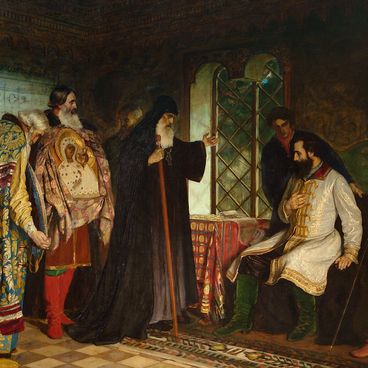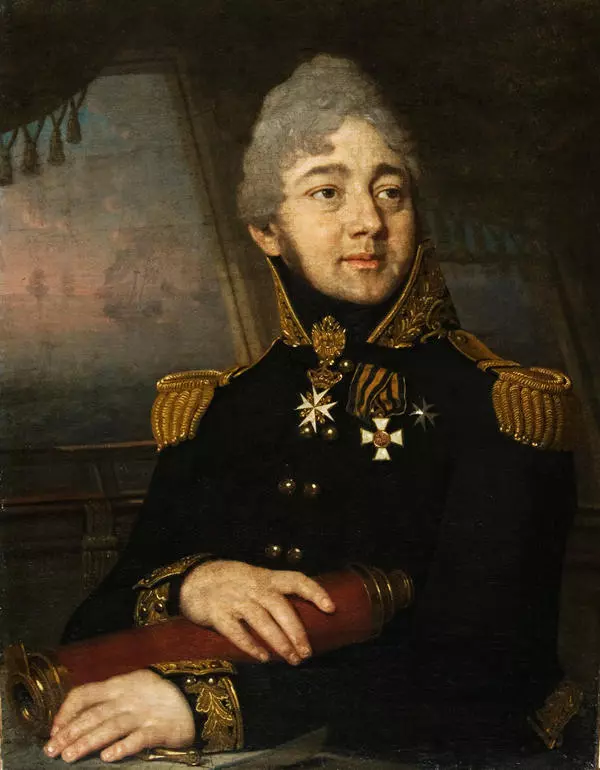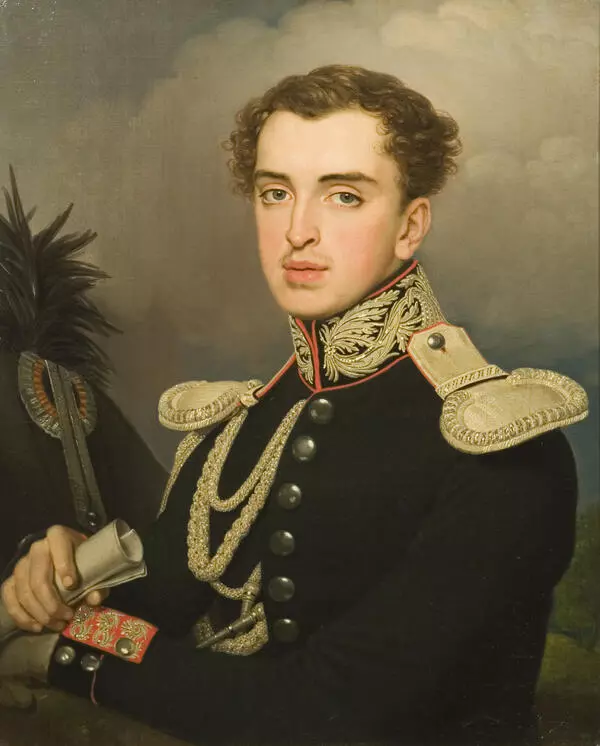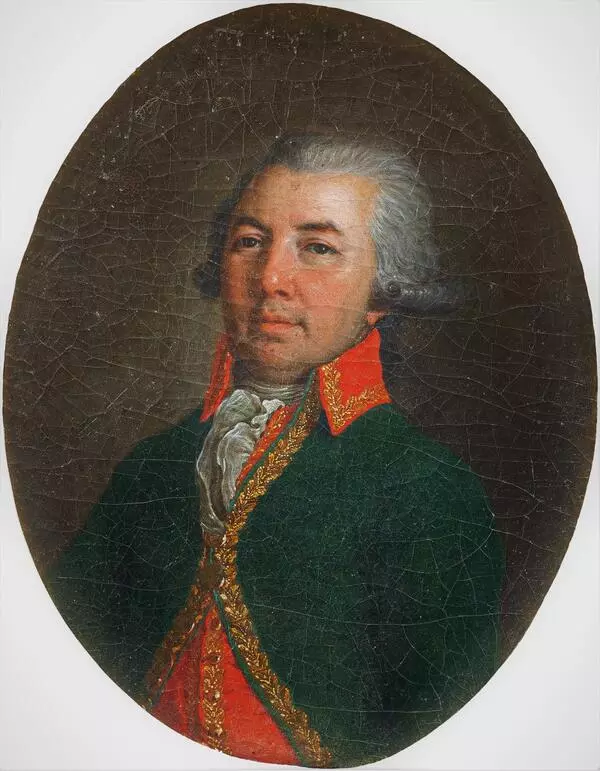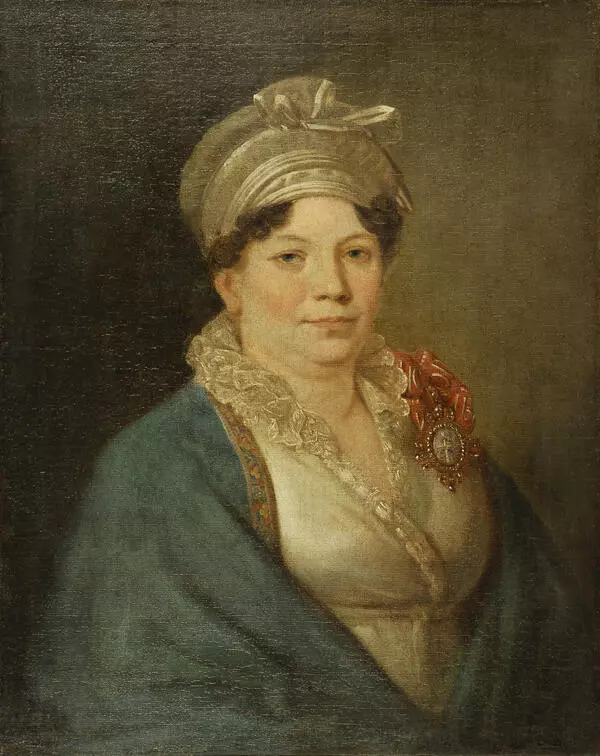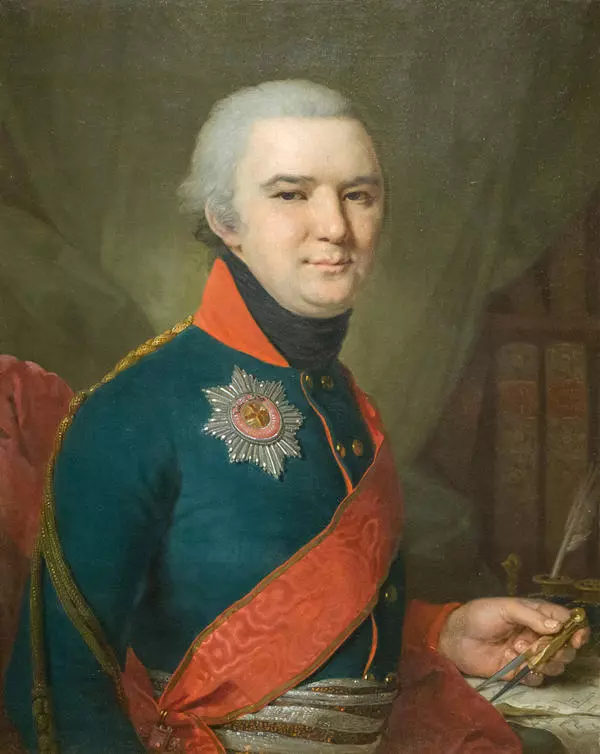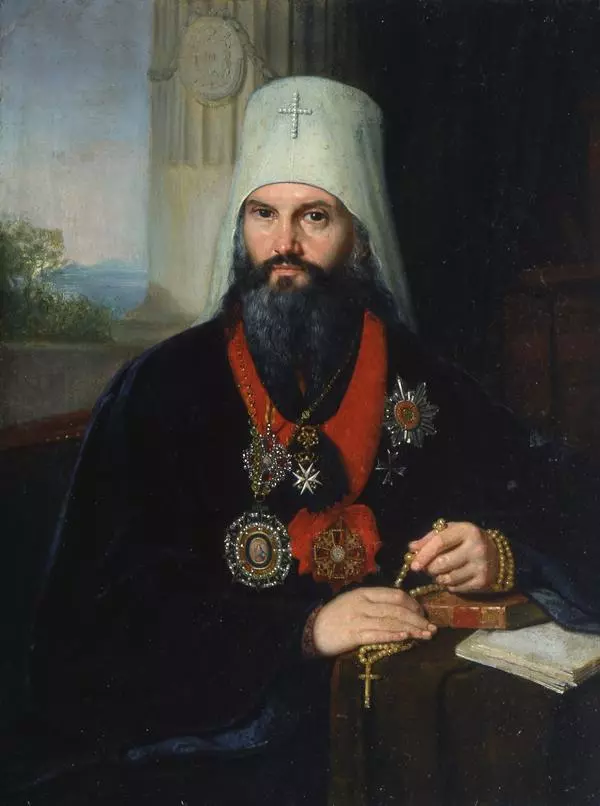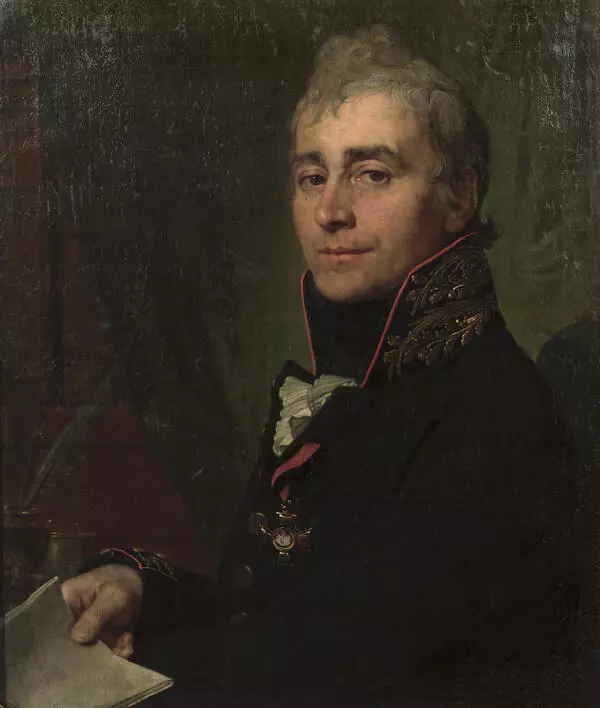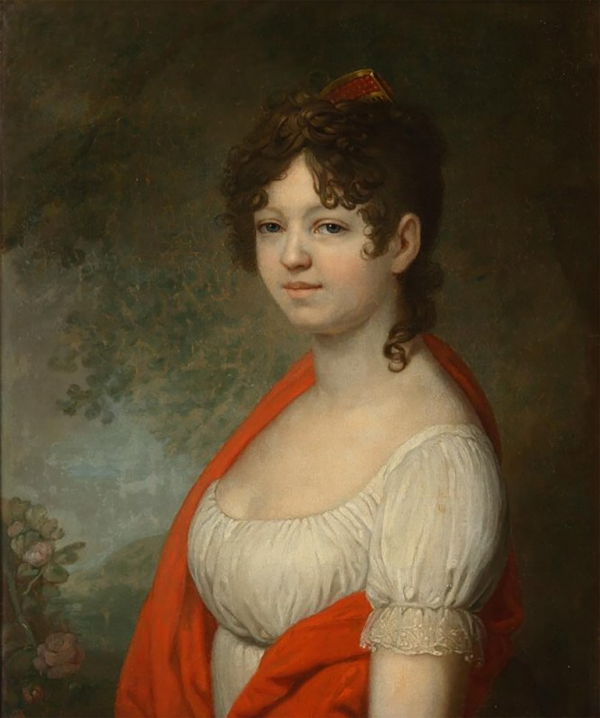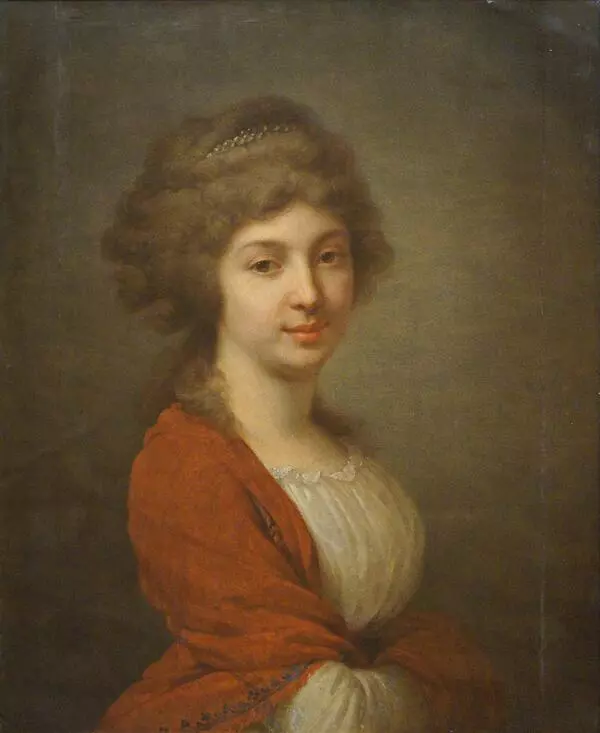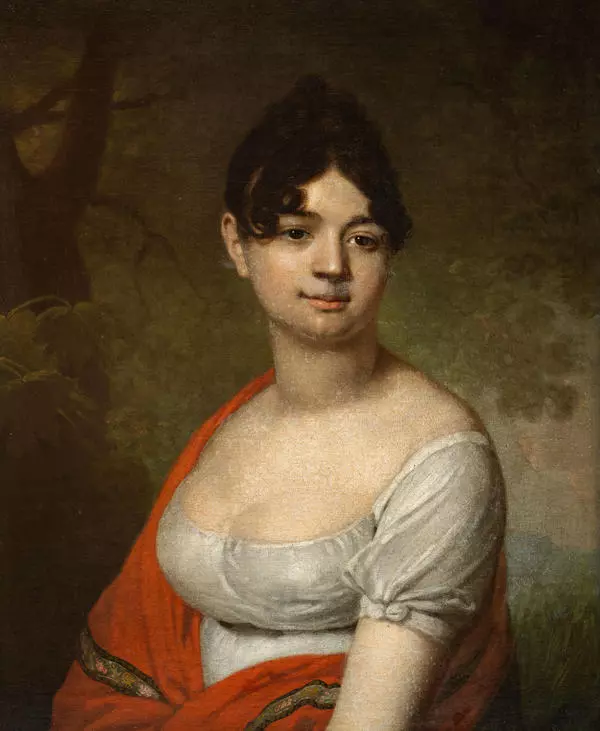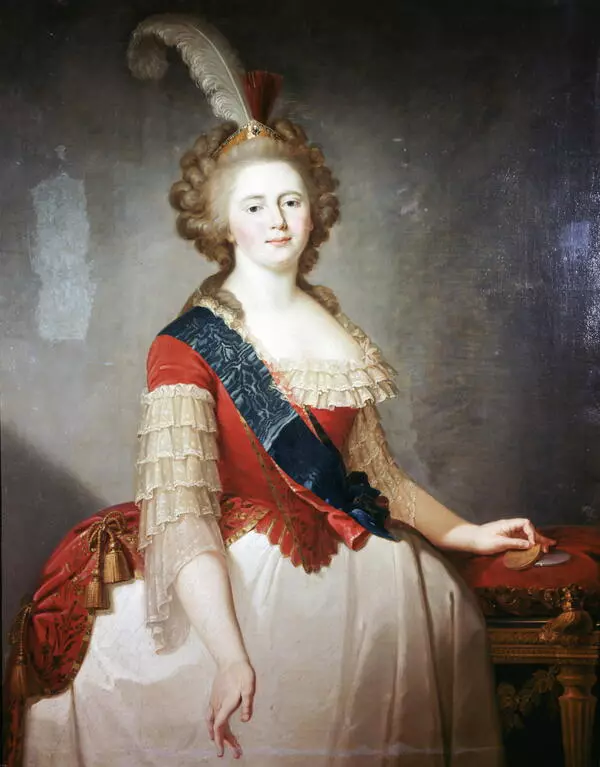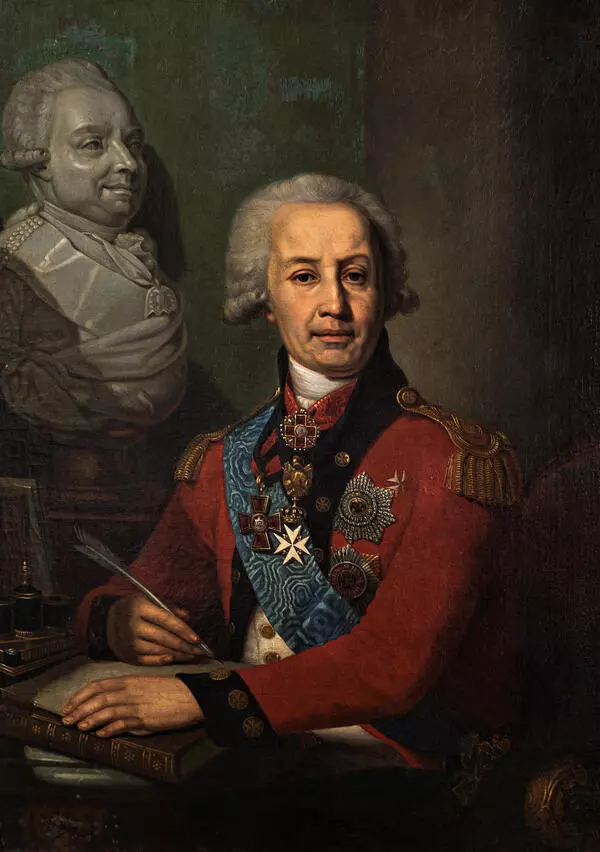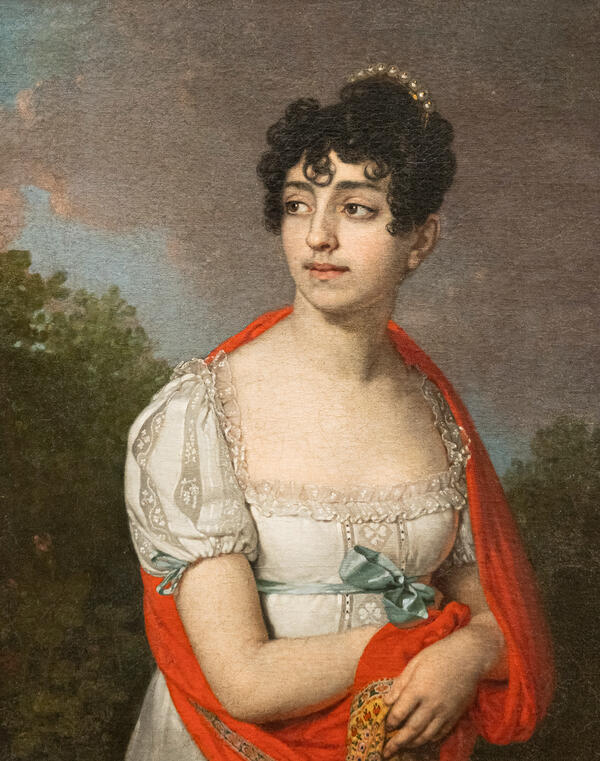Vladimir Borovikovsky was an outstanding Russian painter. He received his first-level art education from his father, Luka Borovik, who was an icon painter in Mirgorod. Later he studied under Dmitry Levitsky and Johann Baptist Lampi the Elder at the Imperial Academy of Arts. Borovikovsky’s skills quickly developed, and after several years of living in Saint Petersburg, he became one of the most popular portrait painters.
When Johann Baptist Lampi was leaving Saint Petersburg, he passed his studio to the artist. Borovikovsky received the title of Appointed Artist in 1794 and the title of Academician a year later. In 1802, the master started working at the Imperial Academy of Arts in the position of Counselor. Borovikovsky created portraits and other paintings dedicated to religious motifs.
This portrait painted in 1777 depicts Catherine II, Empress of Russia from 1762. Before her marriage with Peter III, she was called German Princess Sophie Friederike Auguste of Anhalt-Zerbst. She came to power due to a palace coup, when she dethroned her husband with the help of the Household Troops.
During the reign of Catherine II, Pugachev’s Rebellion of peasants occurred and was brutally suppressed, the southern border of the Russian Empire was expanded, and the nobility were granted class privileges.
The Portrait of Catherine II by Vladimir Borovikovsky is a ceremonial representation of the Empress wearing her coronation gown embroidered with double-headed eagles, and carrying attributes of the royal power: the Crown, the Orb, and the Scepter. The curtain and column symbolising the Sovereign’s firmness and consistency, along with the impressive pose of the model, are typical elements of such portraits of the 18th century.
The portrait by Borovikovsky affirms the inviolability of the imperial authority. The painter depicted Catherine II standing on steps to reflect the divinity of her new status. There is a palace hall behind the Empress; her pose is ceremonial yet elegant. Vladimir Borovikovsky painted the figure of the Empress with bright colours contrasted with the surrounding velvety red shade. In her stretched out hand, she is holding the Scepter; the toe of her shoe is peeking out from under the skirt of her magnificent dress.
Experts believe that this painting by Borovikovsky is a loose copy of the Portrait of Catherine II by Vigilius Eriksen. Presumably, the Empress herself commissioned the copy of the portrait for an official institution.
When Johann Baptist Lampi was leaving Saint Petersburg, he passed his studio to the artist. Borovikovsky received the title of Appointed Artist in 1794 and the title of Academician a year later. In 1802, the master started working at the Imperial Academy of Arts in the position of Counselor. Borovikovsky created portraits and other paintings dedicated to religious motifs.
This portrait painted in 1777 depicts Catherine II, Empress of Russia from 1762. Before her marriage with Peter III, she was called German Princess Sophie Friederike Auguste of Anhalt-Zerbst. She came to power due to a palace coup, when she dethroned her husband with the help of the Household Troops.
During the reign of Catherine II, Pugachev’s Rebellion of peasants occurred and was brutally suppressed, the southern border of the Russian Empire was expanded, and the nobility were granted class privileges.
The Portrait of Catherine II by Vladimir Borovikovsky is a ceremonial representation of the Empress wearing her coronation gown embroidered with double-headed eagles, and carrying attributes of the royal power: the Crown, the Orb, and the Scepter. The curtain and column symbolising the Sovereign’s firmness and consistency, along with the impressive pose of the model, are typical elements of such portraits of the 18th century.
The portrait by Borovikovsky affirms the inviolability of the imperial authority. The painter depicted Catherine II standing on steps to reflect the divinity of her new status. There is a palace hall behind the Empress; her pose is ceremonial yet elegant. Vladimir Borovikovsky painted the figure of the Empress with bright colours contrasted with the surrounding velvety red shade. In her stretched out hand, she is holding the Scepter; the toe of her shoe is peeking out from under the skirt of her magnificent dress.
Experts believe that this painting by Borovikovsky is a loose copy of the Portrait of Catherine II by Vigilius Eriksen. Presumably, the Empress herself commissioned the copy of the portrait for an official institution.



